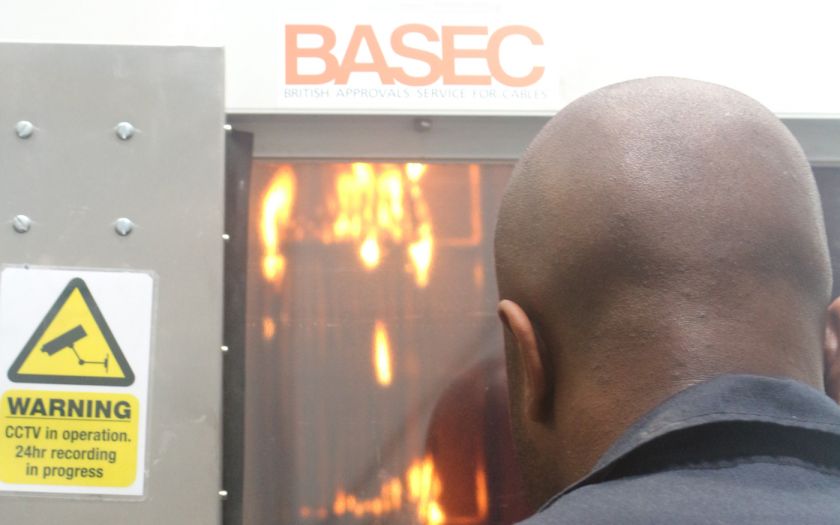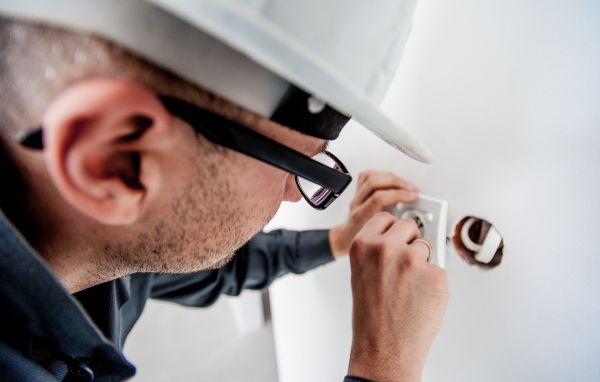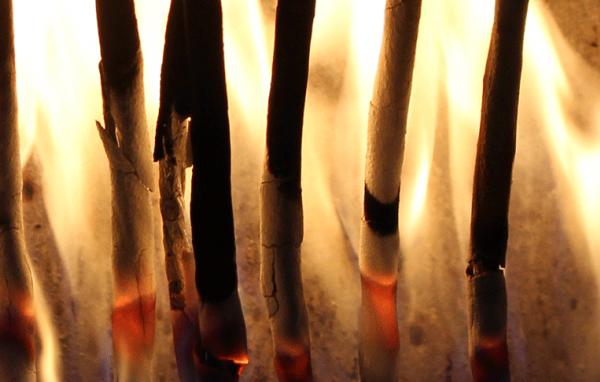Confusion remains over CPR and minimum classes for cables
It is almost a year since the implementation of the CPR, when it became mandatory for cable manufacturers and suppliers to apply CE marking to any products covered by the harmonised European standard EN 50575.
Yet confusion remains amongst installers and specifiers about when, and indeed if, there is a minimum requirement in terms of the required classes.
In July 2017 the Construction Products Regulation came into effect for cables across EU member states. Under the Regulation, cable manufacturers and suppliers must apply CE marking to any products covered by the harmonised European standard EN 50575. The CPR applies to all cables placed on the market for use in fixed installation in domestic, commercial and industrial premises and other civil engineering works anywhere in the European Union.
Whilst the Regulation stipulates that all cables must be classified for the reaction to fire, it only applies to the first point of sale into the EU. It does not specify the minimum class of performance to be used for any or all installations.
Therefore, it is the responsibility of each EU member state to determine the minimum class for installations within its particular jurisdiction.
Some markets, such as the UK, do not specifically regulate for the fire performance of cable. The Ministry of Housing has not defined the minimum class for installation in any designated building or construction works.
However, it may be that in the future individual cable standards and various design codes and guides are amended to include a minimum class.
For example, in November 2017 BS 6701:2016+A1:2017 was issued, an amendment to the standard “Telecommunications Equipment and Telecommunications Cabling – Specification for installation, operation and maintenance.” This standard now recommends that the minimum class for ‘installation cables’ is Cca-s1b,d2,a2.

Later this year the 18th edition of the IET Wiring Regulations BS 7671 will be published, but this is not expected to see major change to incorporate CPR requirements.
On the other hand, some responsible Authorities and the European Commission have published their own requirements for specific applications. For example, Transport for London S1085 ‘Fire Safety Performance of Materials - Stations and Tunnel Infrastructure’ calls for class Cca-s1a,d0,a3 and European Commission Regulation 1303/2014 ‘Safety in railway tunnels’, states a minimum requirement of B2ca-s1a,a1.
In other EU Member States, governments have been more prescriptive. For example, in France, the Netherlands, Spain and Italy, high risk buildings such as hospitals or high rise buildings with large numbers of occupants require a minimum class of B2ca,d1,a1. For low risk buildings class Eca may be acceptable.
When and how standards, codes and national requirements are amended over time to include a minimum class for specific installations, remains to be seen.
If you have any queries about current requirements please email technical@basec.org.uk




